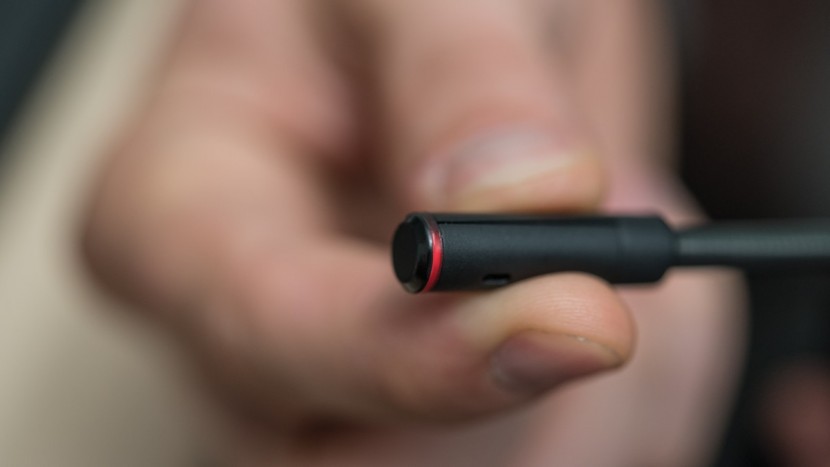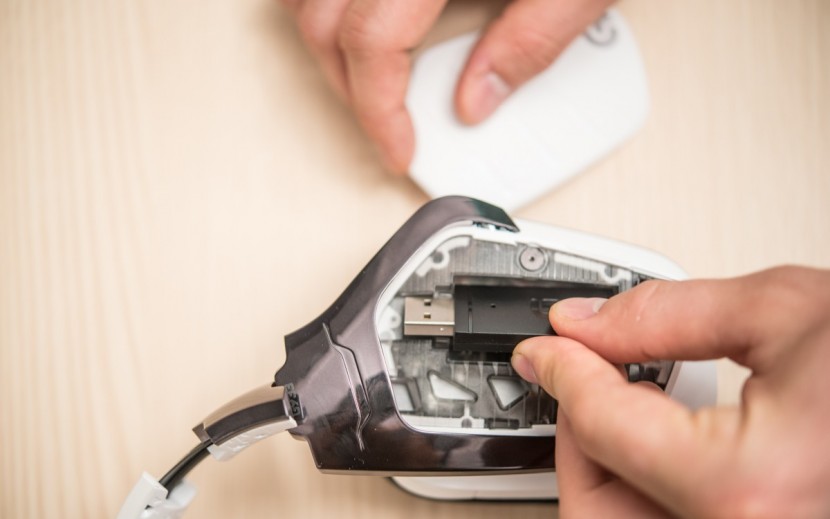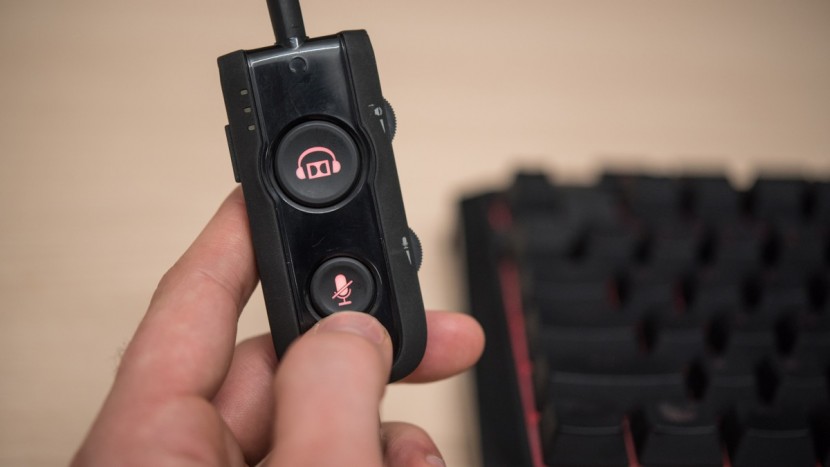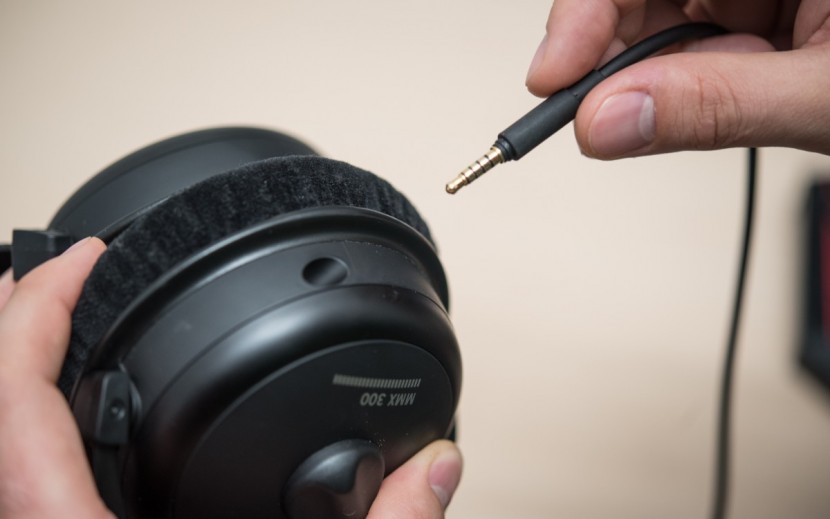To determine which gaming headset is truly the greatest, we did extensive research, looking at over a hundred different models — both wired and wireless — then selected the most promising models to actually purchase and test head-to-head. We divided our comprehensive testing process into four weighted rating metrics — Comfort, Microphone, Audio, and Ease of Use — comparing everything on these products from the voice quality to the comfort of the ear cups. Each of these metric is weighted based on the importance of the various tests that it is comprised of, leading to a final score ranging from 0-100 for each headset. Keep reading to see a full breakdown of our testing and scoring processes and procedures or click over to our comprehensive gaming headset review to see which models scored the highest and why.
Comfort
The most important out of all of our rating metrics, the set of tests that comprise our Comfort metric constitute 40% of the overall score for each headset. To score the performance of each headset, we evaluated the size and comfort of the ear cups and the headband, as well as scoring the overall fit and feel of each headset.
Additionally, we also had a panel of testers of different ages and genders — all frequent headphone/headset wearers — wear each headset for a full workday if they could, noting their opinions and averaging their scores. However, testers could call it quits on a particular headset if they found it too uncomfortable to wear an entire day and it was then penalized according to how early a tester had to stop using it.
Finally, we also had a tester who wore glasses try on each headset to see if there were any pressure points or any other interference issues that made it uncomfortable to wear for longer periods of time.
Audio
After our Comfort metric, our Audio metric is the next most significant, accounting for 30% of the total score for each gaming headset. In total, we probably logged hundreds and hundreds of hours playing all sorts of different games with these headsets so we had a pretty good idea of how we felt about the overall audio quality of each one. In addition, we also conducted specific side-by-side tests to evaluate how well each headset handled directional noise, how clearly voice and music came across, and how well it blocked out external noise, as well as a suite of benchmarking tests that bass quality, driver matching, binaural listening, and wiring.
Starting off, we assessed how well one can identify the direction of the source of a noise while wearing each headset — incredibly vital to any video game experience. We did multiple trials of four different tests to score the performance of each headset. Our positional sound test profiles were a helicopter circling you, footsteps in a quiet forest, footsteps on a battlefield, and gunfire, with the score based on how accurately each tester identified the relative location of each sound in the game. Obviously, their eyes were covered or the monitor turned off to ensure they were relying on the headset's positional sound capabilities only!
Next, we evaluated the quality of voice transmission of each headset, using a common voice chat program. Our testers rated how clear conversations were, how full the sound was, and if there were any annoying background hums or any static that made it harder to understand what the person on the other end of the line was saying.
Throughout this test, we also had the person on the other end of the line turn on music or a tv, as well as a fan to see if our tester noticed the change and if they did, how distracting it was and if the headset reduced any of the noise.
We did a similar test to assess music quality, playing a handful of different songs through the headset and having out judges evaluate how well each headset did at playing the bass, treble, and mid-range tones of the music, as well as how balanced it was.
For our suite of benchmark tests, we ran the Bass Frequency Response, Bass Quality, Driver Matching, Binaural, and Wiring Test from AudioCheck.Net, scoring each headset off of its results and aggregating it with our tests to determine the overall score for each product when it came to audio quality.
Microphone
As the key differentiating factor between a headset and a pair of headphones is the presence of a mic, it should come as no surprise that our next metric judged and scored the performance of the microphone on each product, which is worth 20% of the overall score for each gaming headset. We scored how clearly each headset picked up our voice, as well as how well it blocked out a variety of different background noise.
To assess how well the microphone picked up our voice, we had a panel of judges on the other end of the line of a voice chat program rate how clearly they could understand whatever we were saying while playing a game — without knowing which headset we were using. Additionally, we also recorded a message with each headset, reading the same paragraph into each one, and had a group of people rate and score the clarity of each message.
Next, we moved on to scoring how well each microphone blocked out noise that we didn't want to be transmitted. At various points in our testing, we typed loudly on a mechanical keyboard, ate some crackers, started a fan, and started some background music, seeing if the person on the other end of the line noticed any of these distracting noises. Additionally, we also muted and unmuted each mic, to see if it made any noise for the other person while doing it.
For the last noise blocking test, we had another person read a paragraph of text in a moderately loud voice at a set distance away from the person wearing the headset, scoring each product on how well each mic blocked out the second person talking for the person on the other end of the voice chat.
Ease of Use
For our last set of test, we ranked and scored each headset on how convenient and easy to use it is, which accounts for the residual 10% of the total score.
Starting off, we timed how long it took to complete the initial setup for each headphone, awarding the most points to ones that were plug and play and penalized the ones that took tons of calibration and driver installation.
Next, we rated the onboard or inline controls of each headset. First, we checked if there even were any, then tested what they could actually do. The best allowed you to both mute the microphone and adjust the volume. We also scored each headset on the amount of work it took to mute the microphone, regardless if it had inline controls for this or not.
Moving on to the cord, we awarded points if the headset has a detachable cord, as well as if the cord is sufficiently long enough to comfortably move around.
Finally, we gave extra points to models that had a detachable mic and to products that have a mic sidetone and give you the option to toggle it on or off. A mic sidetone, for those that don't know, is the headset playing back some of your voice through the headphones, allowing you to correctly modulate the volume of your voice. This is necessary because some headsets block out ambient noise so well that you can't actually hear yourself talk, making it difficult to talk at an appropriate volume and tone.
Conclusion
Hopefully, this article had clarified exactly how we tested each gaming headset in our quest to find the absolute best and explained how we picked out award winners. If you want to check out how specific models did, head on over to our complete review of the hottest headsets around, or take a look at our thorough Buying Advice guide for a complete breakdown of the different types of gaming headsets around and what to look for when shopping for a new one.








